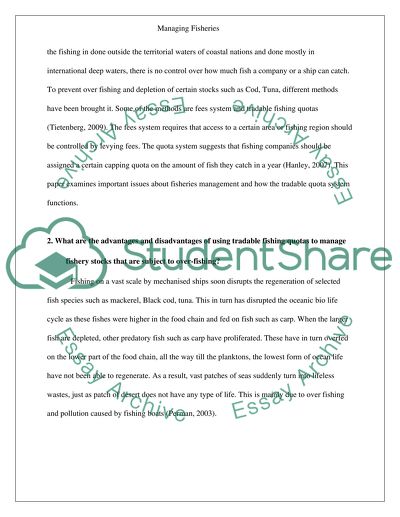Cite this document
(“Managing Fisheries Essay Example | Topics and Well Written Essays - 2500 words”, n.d.)
Managing Fisheries Essay Example | Topics and Well Written Essays - 2500 words. Retrieved from https://studentshare.org/miscellaneous/1562026-managing-fisheries
Managing Fisheries Essay Example | Topics and Well Written Essays - 2500 words. Retrieved from https://studentshare.org/miscellaneous/1562026-managing-fisheries
(Managing Fisheries Essay Example | Topics and Well Written Essays - 2500 Words)
Managing Fisheries Essay Example | Topics and Well Written Essays - 2500 Words. https://studentshare.org/miscellaneous/1562026-managing-fisheries.
Managing Fisheries Essay Example | Topics and Well Written Essays - 2500 Words. https://studentshare.org/miscellaneous/1562026-managing-fisheries.
“Managing Fisheries Essay Example | Topics and Well Written Essays - 2500 Words”, n.d. https://studentshare.org/miscellaneous/1562026-managing-fisheries.


